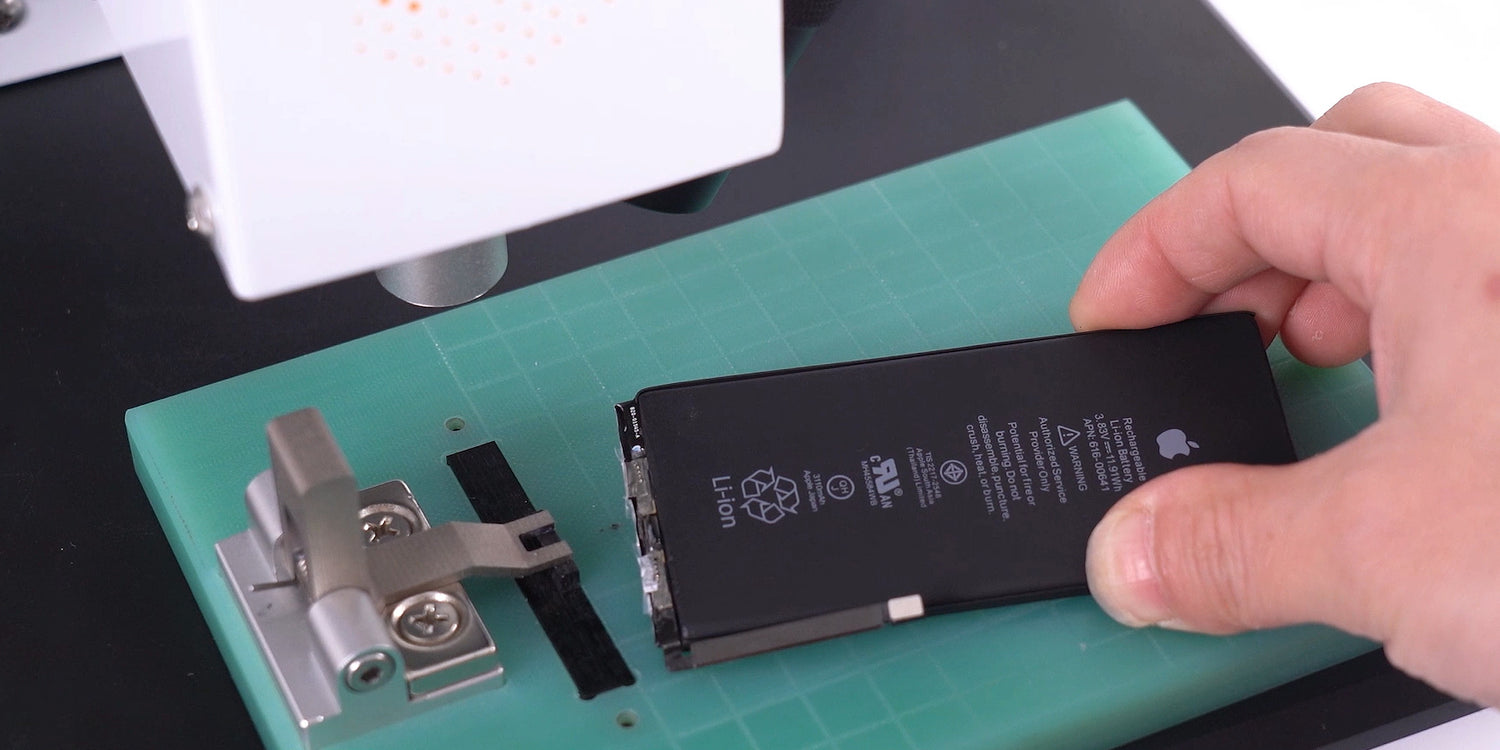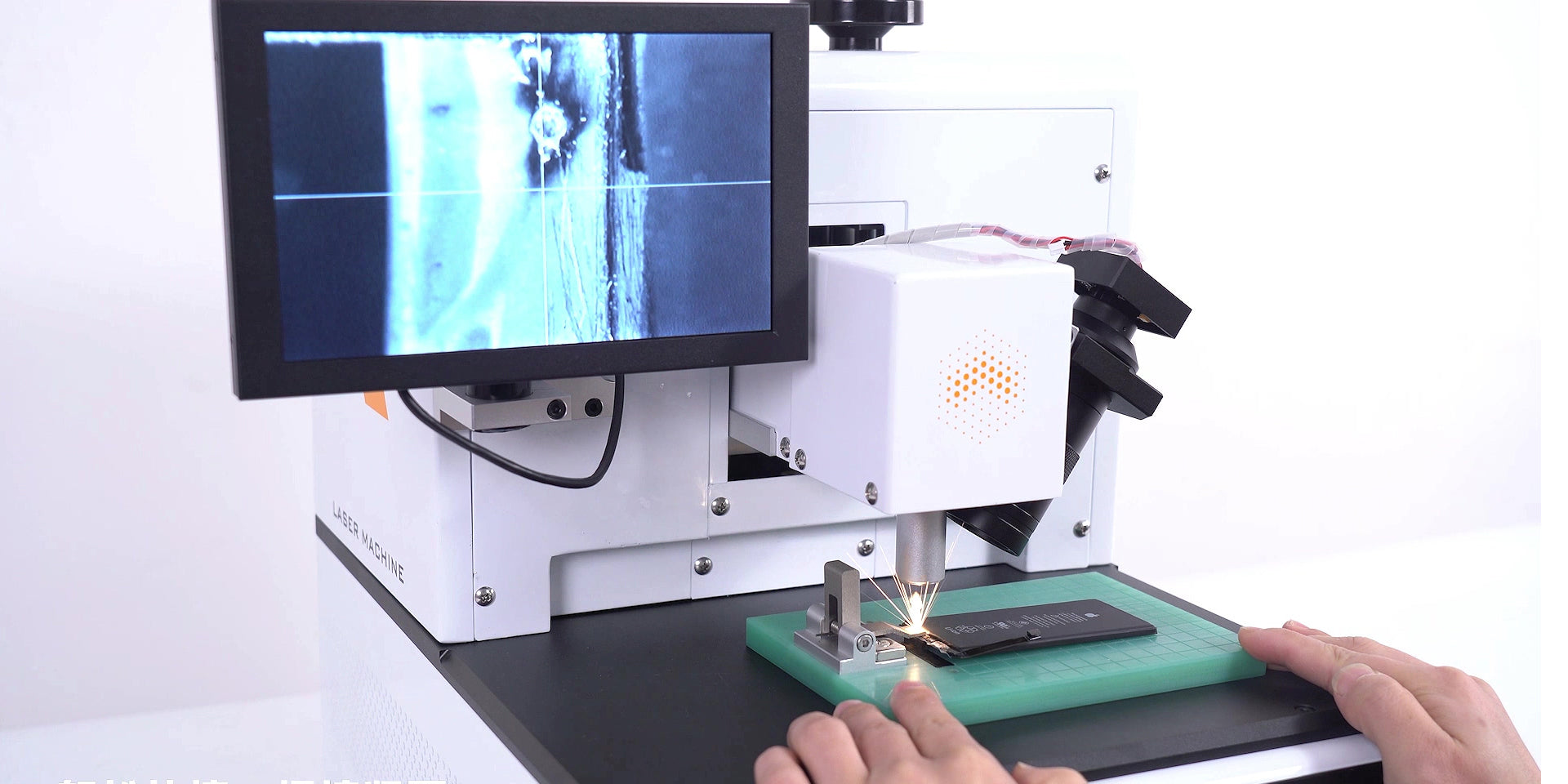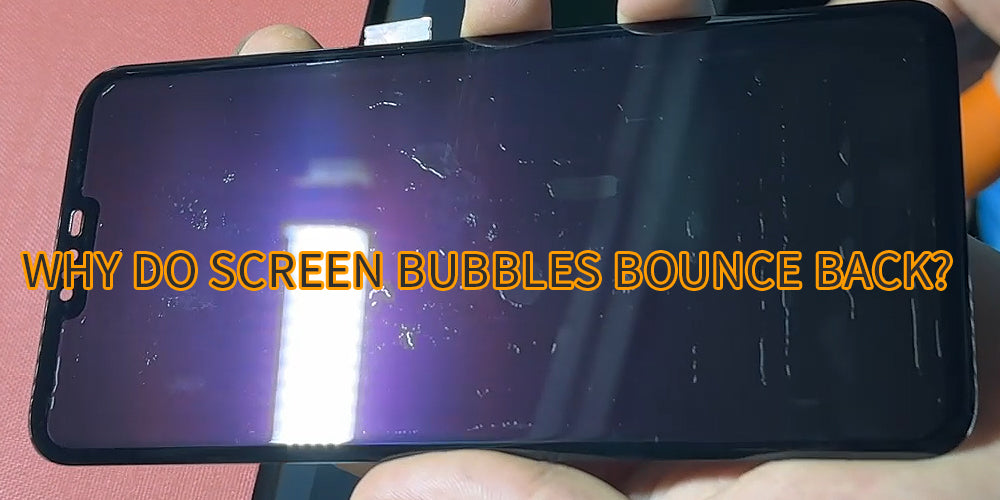-
Precision: Laser welding offers extremely precise control over the welding process, enabling accurate placement of welds on battery components. This precision is crucial for ensuring the integrity and reliability of battery packs.
-
Minimal Heat Affected Zone (HAZ): Laser welding produces a concentrated heat source, leading to minimal heat transfer to the surrounding material. This reduces the size of the heat-affected zone, minimizing the risk of thermal damage to sensitive battery components, such as electrodes and electrolytes.
-
High Speed: Laser welding is a fast process compared to traditional welding methods. It allows for rapid production rates, making it suitable for high-volume manufacturing of battery packs.
-
Cleanliness: Laser welding is a clean process that does not involve consumable materials like filler metals or fluxes. This results in cleaner welds and reduces the need for post-weld cleaning or finishing processes.
-
Non-contact Welding: Laser welding is a non-contact process, meaning there is no physical contact between the welding tool and the workpiece. This eliminates the risk of contamination or damage to delicate battery components and allows for welding in tight spaces or hard-to-reach areas.
-
Versatility: Laser welding can be used with a wide range of materials commonly found in battery construction, including metals and alloys such as aluminum, copper, and nickel. It is also suitable for welding dissimilar materials, facilitating the assembly of complex battery structures.
Benefits of Using Laser Welding Technology for Batteries:




